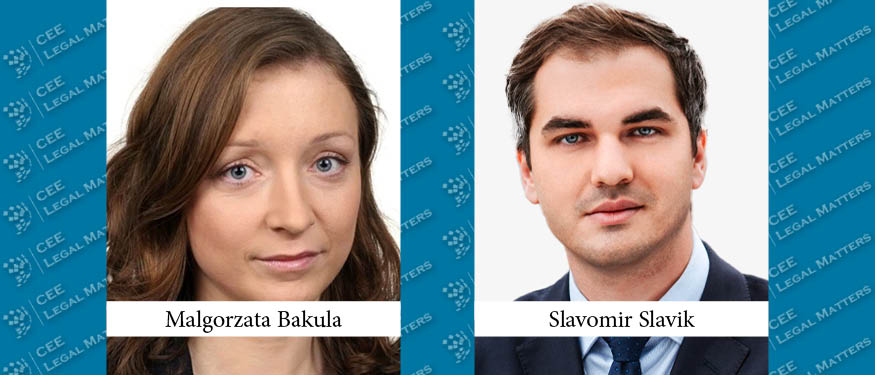On February 14, 2024, the Hungarian Energy and Public Utility Regulatory Authority (MEKH) approved the Network Development Plan 2023 submitted as a result of the coordinated work of the Hungarian TSO (transmission system operator – MAVIR Zrt.) and distribution network operators.
It is Directive 2019/944/EU of the European Parliament and of the Council (Directive) which requires that the development of a distribution system be based on a transparent network development plan that the distribution system operator must publish at least every two years and submit to the regulatory authority. The network development plan must provide transparency on the medium- and long-term flexibility services needed, and set out the planned investments for the next five to ten years, with particular emphasis on the main distribution infrastructure which is required in order to connect new generation capacity and new loads, including recharging points for electric vehicles. The network development plan must also include the use of demand response, energy efficiency, energy storage facilities, or other resources that the distribution system operator is to use as an alternative to system expansion.
Based on Directive and Act LXXXI of 2007 on electrical energy, the Network Development Plan is an annual network development plan for the national electricity system for networks of 132 kilovolts and above. It includes baseline data for network development, electricity system characteristics, development policies, and strategies with a specific focus on the elements of the transmission network to be built or upgraded in the next 15 years, the developments already approved, and the investments to be made in the distribution network over the next 10 years.
Before approving the Network Development Plan, the MEKH holds a public consultation at the end of the year, where system users are also able to comment on the document. This year, during the preparation of the Network Development Plan, the methodology of the investment generation studies was changed, and in line with the publication procedure for network connection capacities, new principles were applied to the timing of the finalization.
The recently adopted methodology of the Network Development Plan and the application of the corresponding practices meet the requirements of the directive.
Among other interesting planned investments, the Network Development Plan 2023 focuses on the reinforcement of international interconnections of the domestic electricity network with Slovakia, Serbia, and Romania. These projects are to be completed by 2030, and the document also points out that, due to the increased demand for large consumers and renewable power plants compared to previous years, network license holders are required to make significant investments to ensure that demand can be met on the network and to maintain security of supply levels. Note that the new Network Development Plan also contributes to the smoothness of future electricity trade with Ukraine and Austria as well.
The main investments linked to the transmission network are also of crucial importance in the Network Development Plan in the sense that the electricity generated from renewable energy sources (e.g., solar power plants) at a given point in the day exceeds the electricity used at that moment. It follows that the resulting surplus needs to be exported, which requires an adequate transmission network.
Further development of the transmission system is also required and has been listed in the Network Development Plan for future renewable energy and nuclear projects that can increase Hungary’s energy independence and reduce CO2 emissions.
The continuous capacity increases in the electricity system are not only in the interest of generators but also of large consumers. In Hungary, a great number of projects are in the pipeline that will face high energy demand in the future. Examples include the cathode factory in Acs, as well as battery factories in Debrecen and God. The batteries and components produced there are intended to provide sufficient storage capacity in the future for solar power plants and electric vehicles.
Overall, the Network Development Plan is not only a document that shows and locates developments but also gives a picture of the role of renewable energy production and the investments mentioned above in support of the goals toward energy independence, and helps investors to invest in larger projects in Hungary.
By Orsolya Kovacs, Executive Partner, and Daniel Nyulasi, Junior Associate, Nagy es Trocsanyi
This article was originally published in Issue 11.3 of the CEE Legal Matters Magazine. If you would like to receive a hard copy of the magazine, you can subscribe here.















